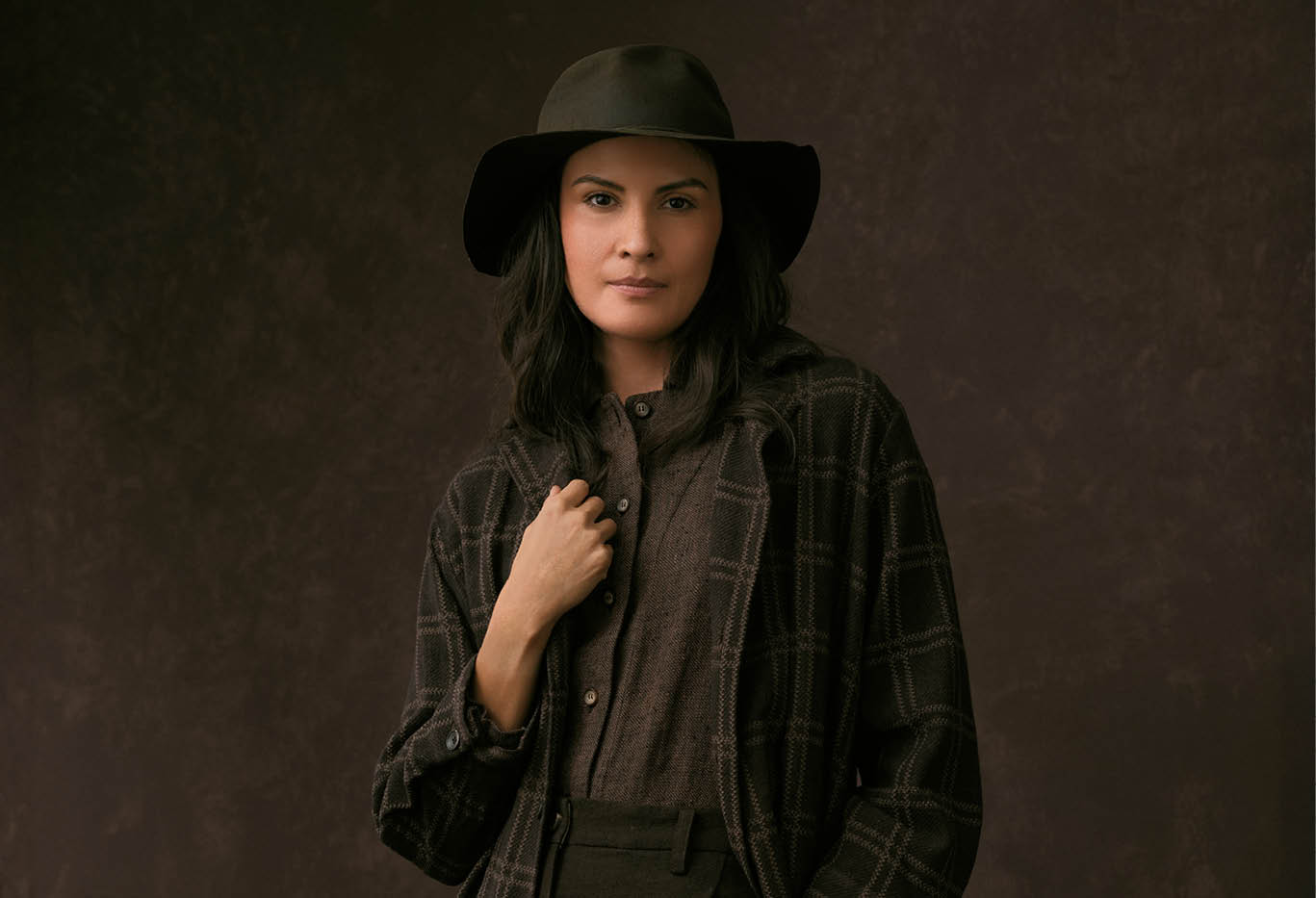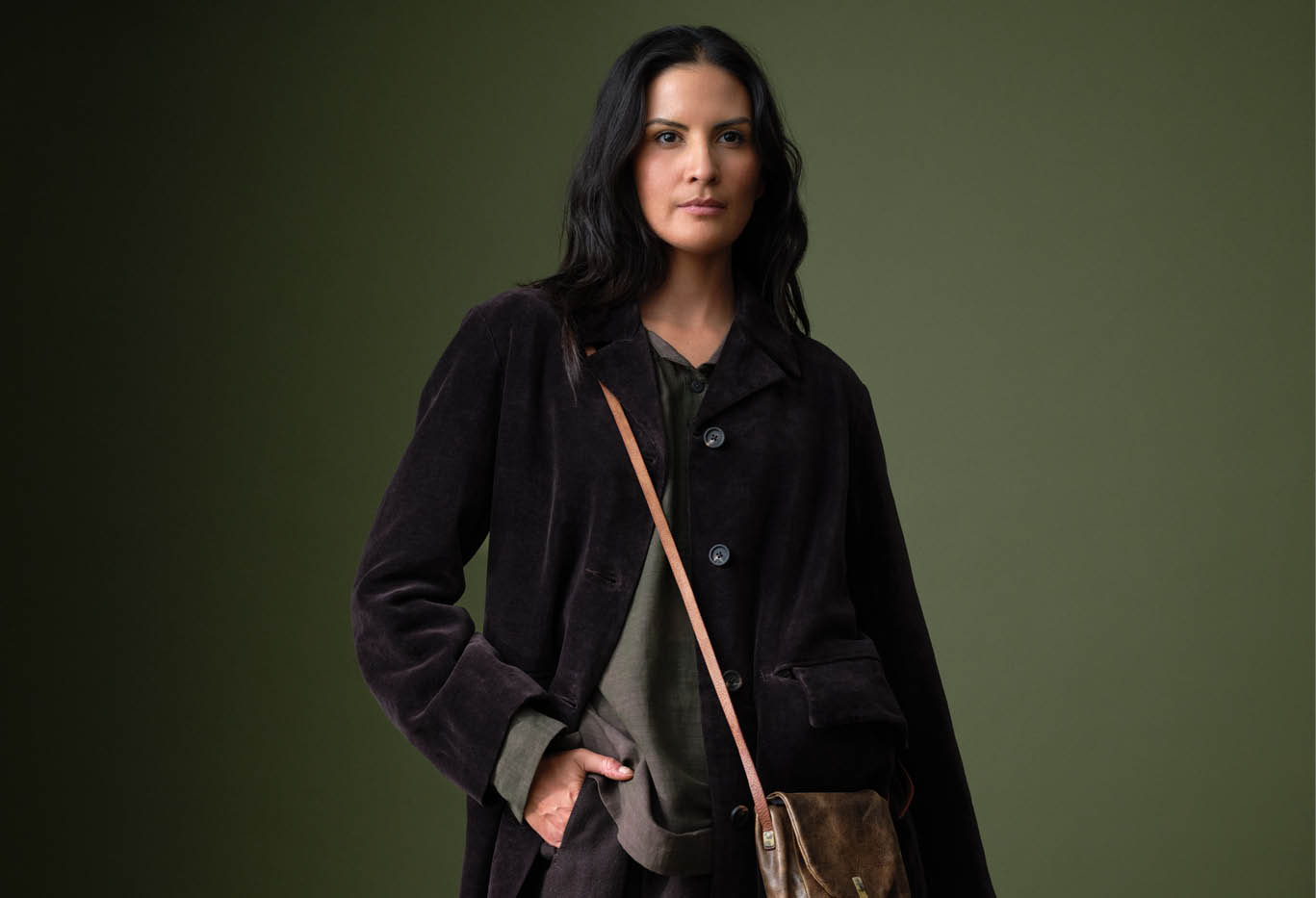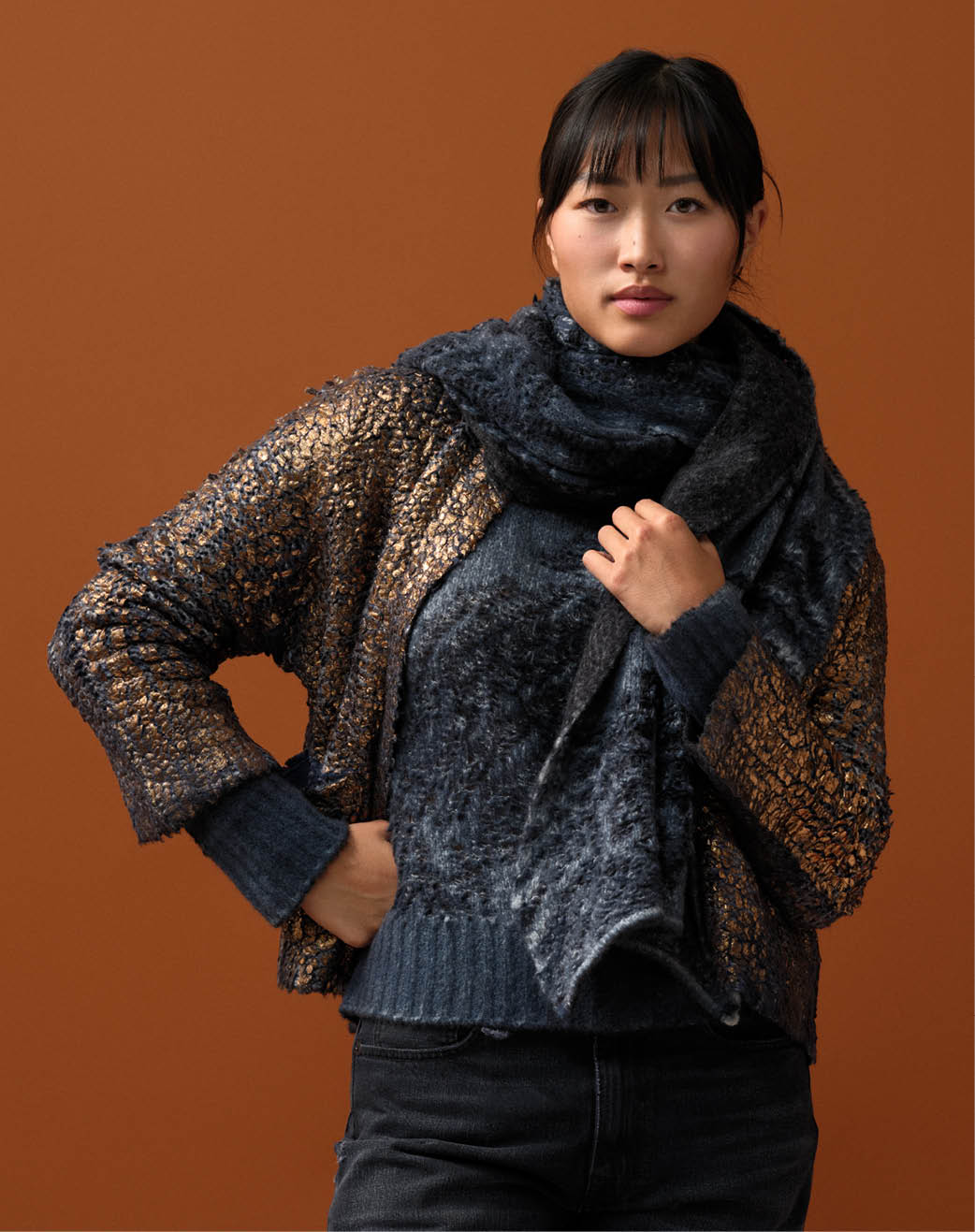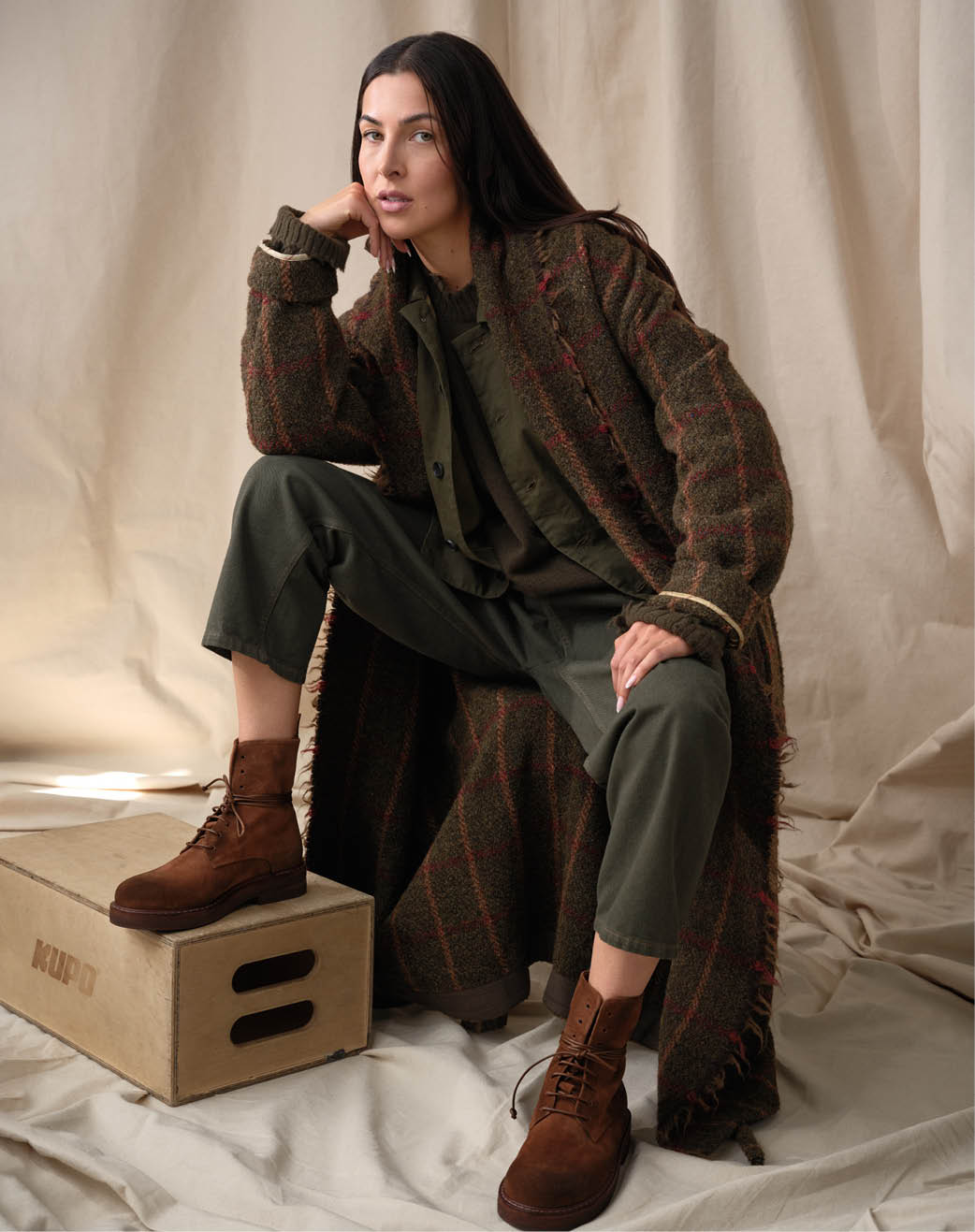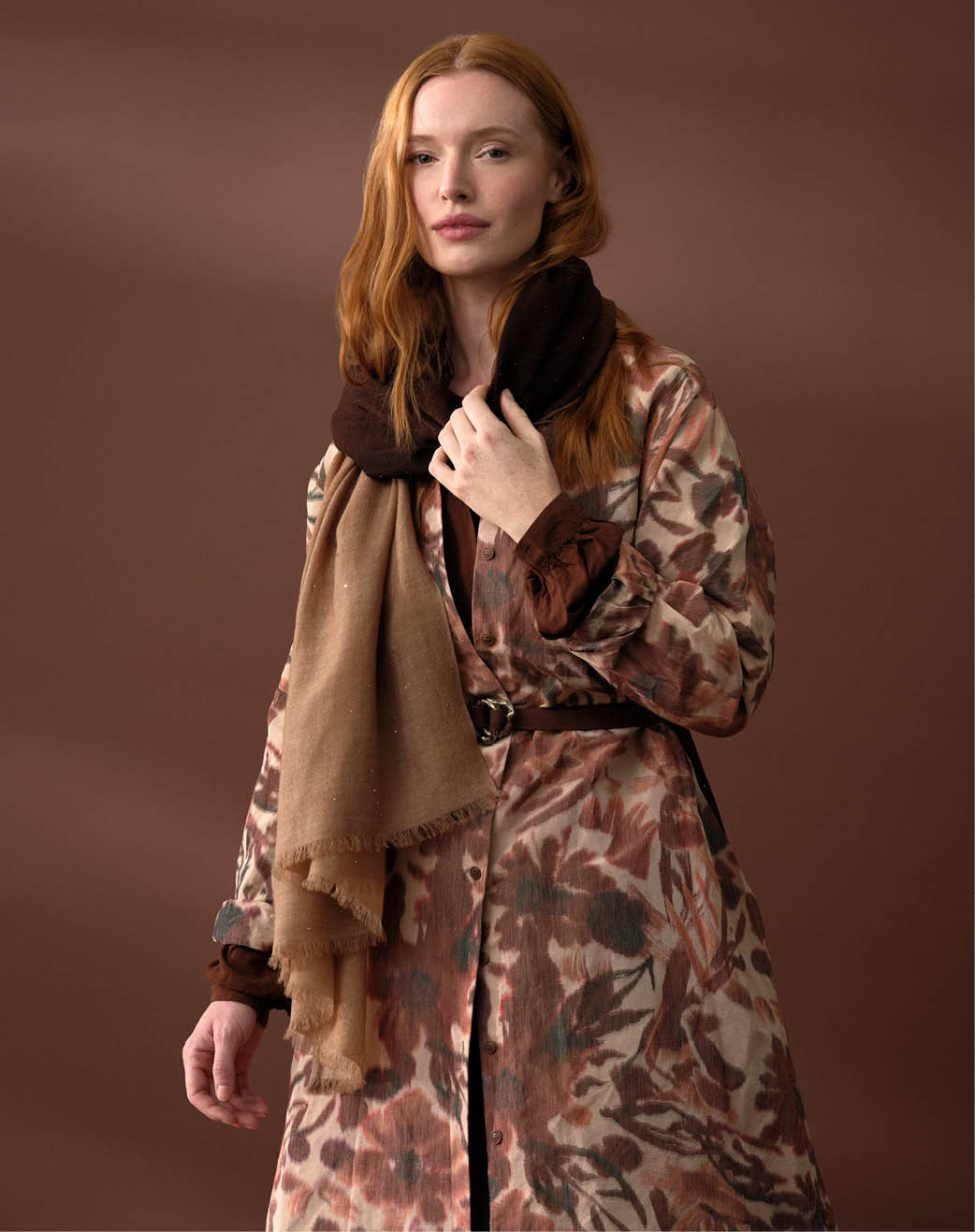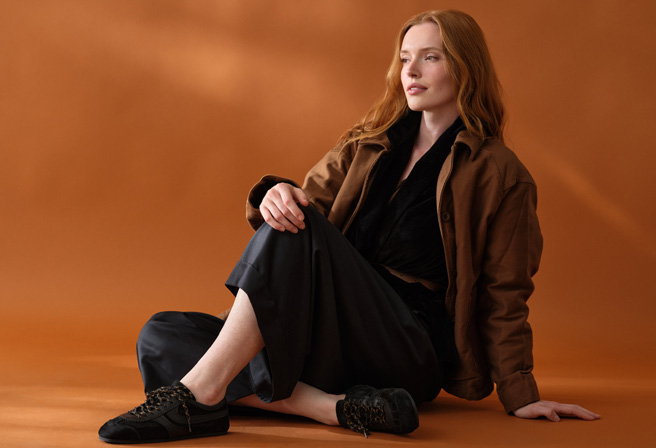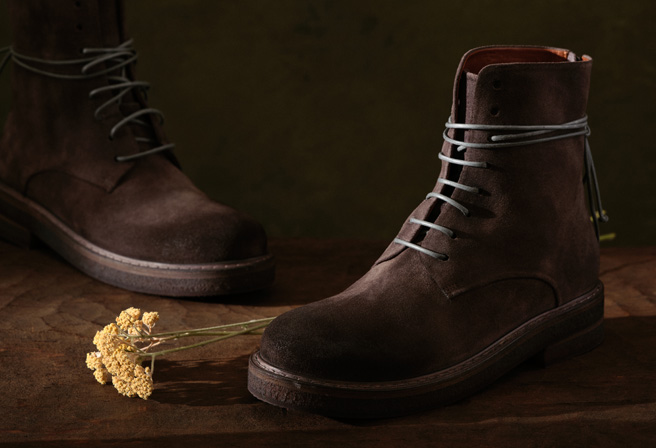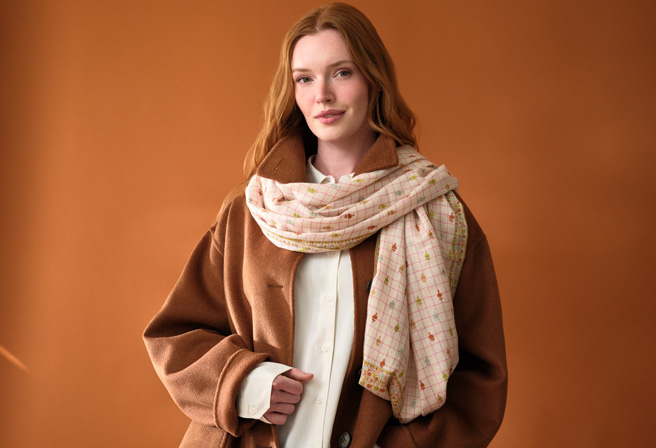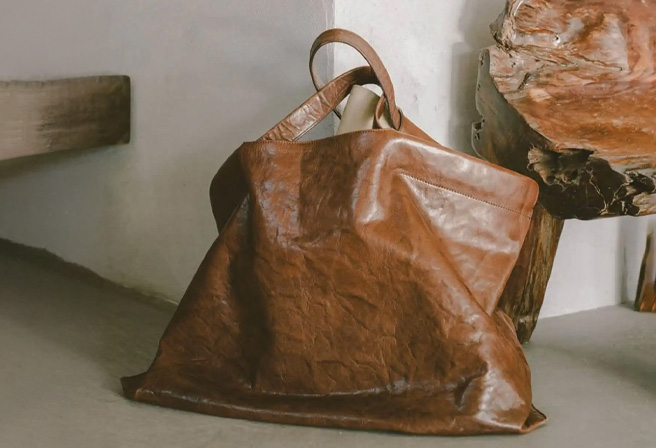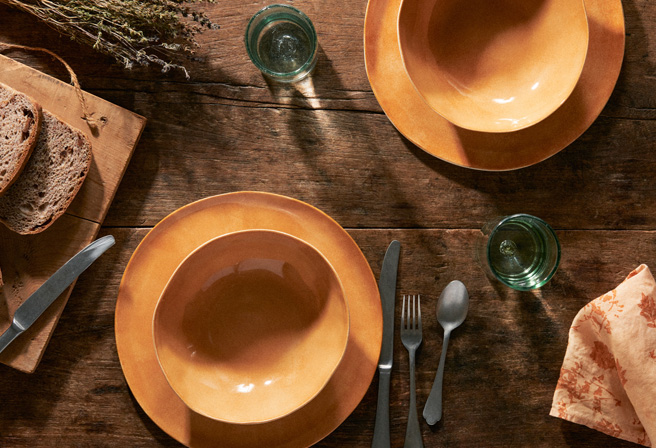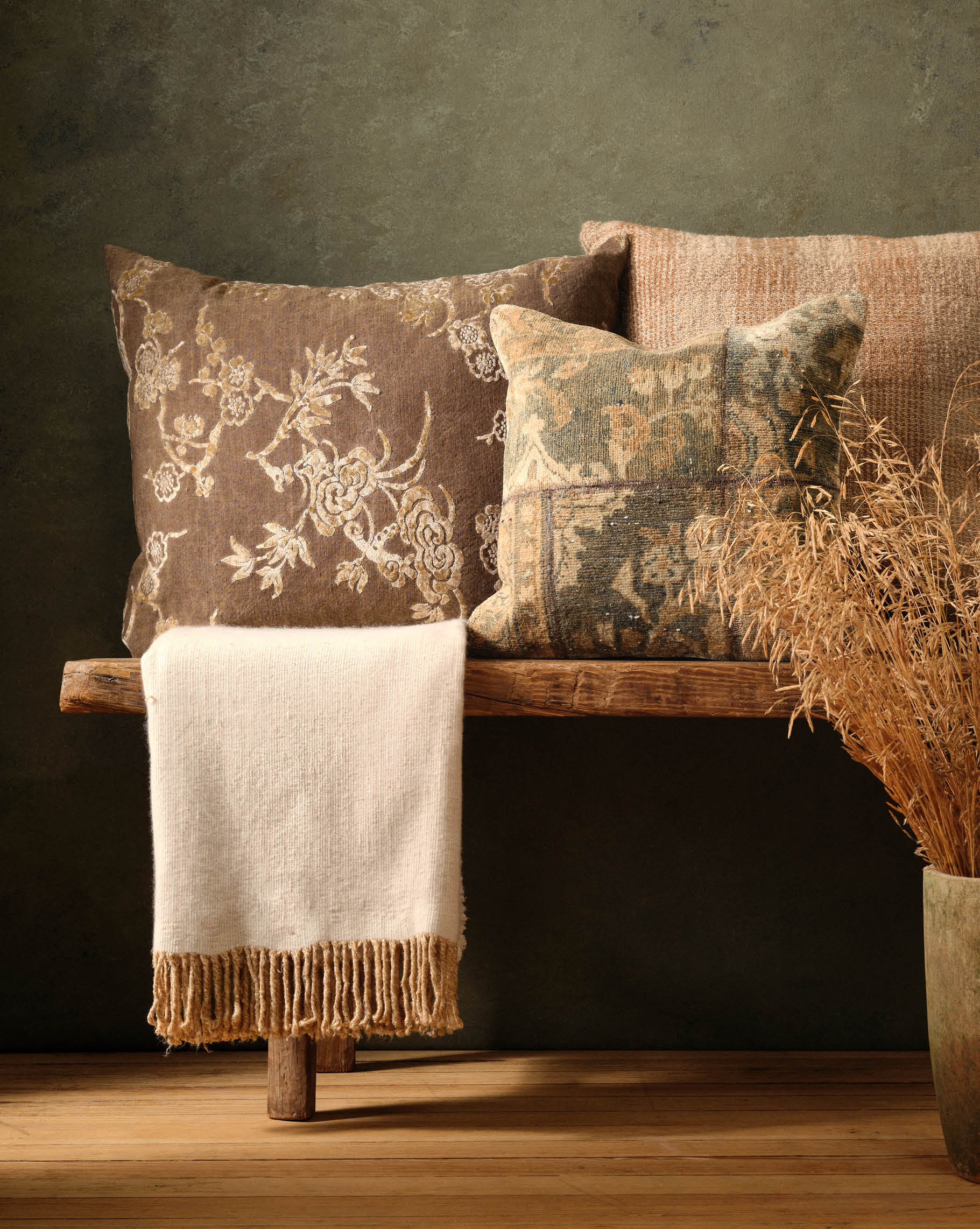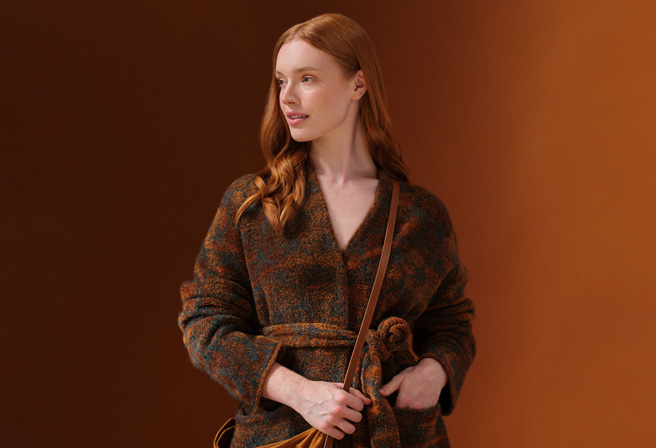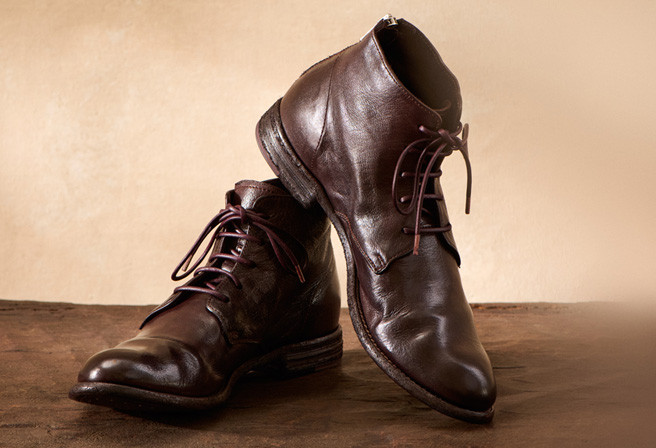As temperatures cool and days shorten, we find ourselves in need of clothing that warms the body and heartens the soul. Here, we’ve compiled a guide to the softest fabrics to carry you through the season.

Cashmere
From the high plateaus of Asia, cashmere is beloved for its lightweight ultra-soft hand. Due to its scarcity – it can take a year’s growth, from four goats, to create a single cashmere sweater – it is even more prized as a textile.
Explore Avant Toi
Alpaca
Hypoallergenic, water resistant and resistant to pilling, alpaca contains microscopic air pockets that make the garments both light and insulating. Native to South America, alpaca is nature’s kaleidoscope, naturally occurring in 22 colors from black and brown to gray and ivory.
Explore Lauren Manoogian
Wool
Known as one of the warmest textiles, there are nine types of wool: Alpaca, Angora, Camel, Cashmere, Lambswool, Melton, Merino, Mohair and Shetland. Favored for its natural elasticity and versatility, wool can be woven into heavy, dense fabrics and lightweight, soft fabrics.
Explore Péro
Raccoon
Lofty and fluffy, raccoon hair offers terrific warmth and density. It is the ideal choice, for anyone with wool and cashmere allergies, in search of a soft warming fabric. Unlike more delicate fibers it is naturally resistant to pilling.
Explore Rundholz DIP
Camel & Yak
Soft, durable and resistant to pilling, camel wool is ideal for outerwear because of its insulating properties. Made by nomadic communities in Mongolia who clean and card the textile before spinning the wool by hand, very limited quantities are available to international markets.
Over thousands of years, yaks have evolved to thrive in the unforgiving high-altitude climate of the Himalayas. In fact, yaks can weather -40° F winters. The fiber is extremely durable, naturally odor resistant and maintains a soft hand feel.
Explore Rundholz Mainline

